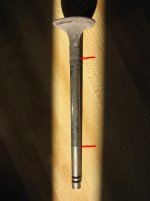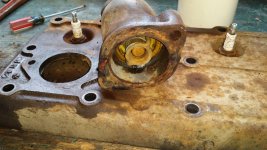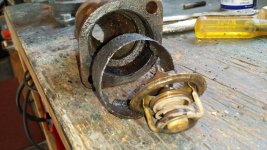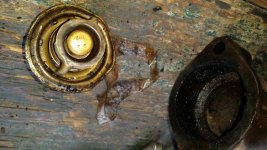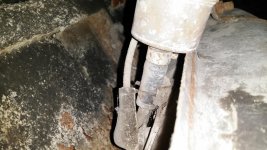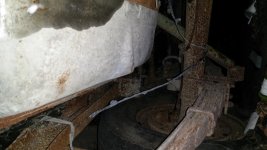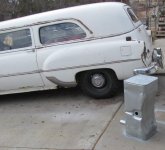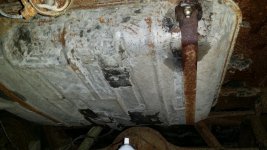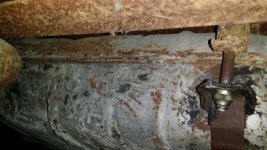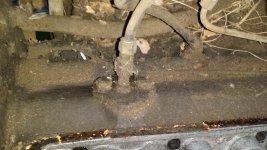Thanx to both of you.
Paul, I do not insist on removing the oil filter, I feel it is a welcome addition.
Ed, Where my oil filter connects to my engine, I see in your pictures you have some sort of pump there, front end of engine, passenger side, bottom, you have a pump with steel lines coming out...
Paul, I do not insist on removing the oil filter, I feel it is a welcome addition.
Ed, Where my oil filter connects to my engine, I see in your pictures you have some sort of pump there, front end of engine, passenger side, bottom, you have a pump with steel lines coming out...


